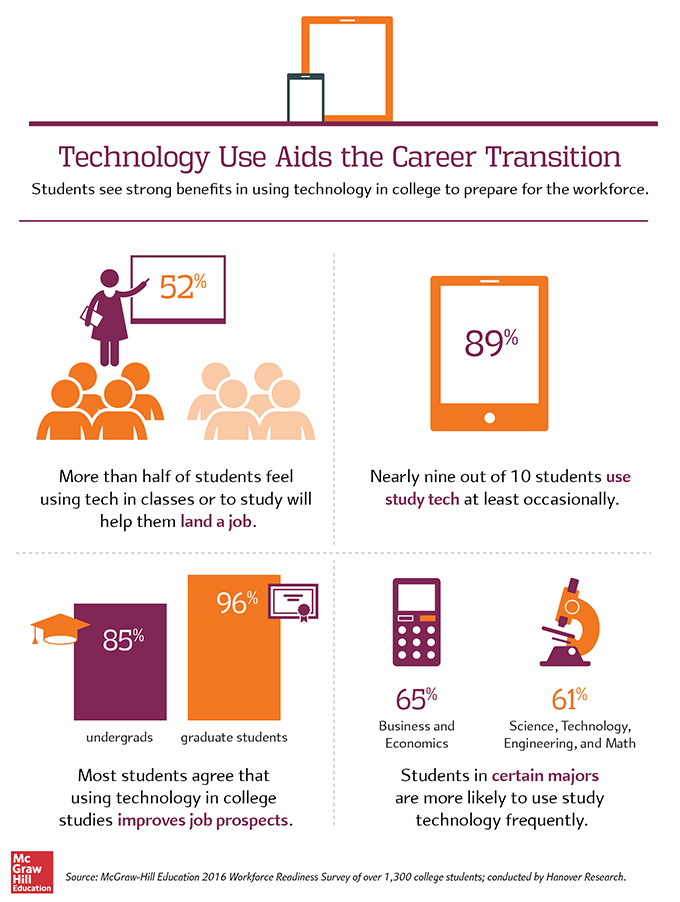2nd Annual Next Generation Learning Spaces Asia. (n.d.). Retrieved October 12, 2016, from
http://www.learningspacesasia.com/10 Tips For Creating Inspiring Learning Spaces Infographic. (2016, January 26). Retrieved from
http://elearninginfographics.com/10-tips-creating-inspiring-learning-spaces-infographic/Active Learning Spaces. (n.d.-a).
K-12 Blueprint. Retrieved from
https://www.k12blueprint.com/toolkits/active-learning-spacesActive Learning Spaces. (n.d.-b). Retrieved October 12, 2016, from
https://www.pinterest.com/k12blueprint/active-learning-spaces/Architecture’s Pivotal Role in the Future of K 12 Learning (EdSurge News). (2016, July 11). Retrieved October 12, 2016, from
https://www.edsurge.com/news/2016-07-11-the-secret-to-architecture-s-pivotal-role-in-the-future-of-k-12-learningBruff, D. (2013, December 19). Flexible Classrooms: Highlights from #Spaces4Learning | Center for Teaching | Vanderbilt University. Retrieved October 12, 2016, from
https://cft.vanderbilt.edu/2013/12/flexible-classrooms-highlights-from-spaces4learning/Educational Furniture : KI. (n.d.). Retrieved October 12, 2016, from
http://www.ki.com/markets/educational-furniture/Elfring, L. (n.d.). UA-AAU STEM Collaborative Learning Spaces Project. Retrieved October 12, 2016, from
http://serc.carleton.edu/StemEdCenters/prog_descriptions/138212.htmlfellow, E. S. T. E. is a senior, leadership, thought leader on digital leadership with the I. C. for L. in E. H. also runs a blog on K.-12, & Reflections, A. P. (2016, February 9). 5 Ways Digital Tools Are Transforming the Education Space [Text]. Retrieved October 12, 2016, from
http://www.edtechmagazine.com/k12/article/2016/02/5-ways-digital-tools-are-transforming-education-spaceHomeschooling Articles – Homeschool.com – The #1 Homeschooling Community. (n.d.). Retrieved October 12, 2016, from
http://www.homeschool.com/articles/LaurelSprings17/Jakes, D. (2014, August 26). All About Design – Strategies for Rethinking Learning Spaces. Retrieved October 12, 2016, from
https://www.k12blueprint.com/blog/david-jakes/all-about-design-strategies-rethinking-learning-spacesK12 Learning Space. (n.d.). Retrieved October 12, 2016, from
https://www.youtube.com/channel/UCSHJC7Ue4lYin2Y2YuJ9YKgK12 learning spaces playbook. (n.d.). Retrieved October 12, 2016, from
https://issuu.com/kberg5280/docs/k12_learning_spaces_playbookKurani, D. (2015, April 1). 10 Reasons To Re-Design Your School Space. Retrieved from
https://kurani.us/portfolio/10-reasons-to-redesign-your-school-space/Luchs, S. (2016, February 23). Using Space to Realize a Next Gen Learning Vision | NextGen Learning. Retrieved October 12, 2016, from
http://nextgenlearning.org/blog/using-space-realize-next-gen-learning-visionNew Learning Environments for 21st Century Learners. (2016, August 27). Retrieved October 12, 2016, from
http://www.bobpearlman.org/Learning21/new%20learning%20environments.htmPersaud, R. (2014, September 8). Why Learning Space Matters. Retrieved October 12, 2016, from
http://www.edutopia.org/blog/why-learning-space-matters-ramona-persaudPierce, B. D., & 08/25/15. (n.d.). 3 Ways Mobile Technology Is Transforming Learning Spaces -. Retrieved October 12, 2016, from
https://thejournal.com/articles/2015/08/25/3-ways-mobile-technology-is-transforming-learning-spaces.aspxReimagining Space, Time & Staffing. (n.d.). Retrieved October 12, 2016, from
https://library.educause.edu/resources/2016/9/reimagining-space-time-and-staffingRe-Thinking Learning Spaces | Tech Learning. (2013, October 25). Retrieved October 12, 2016, from
http://www.techlearning.com/news/0002/rethinking-learning-spaces/63044Seidel, V. P., & Fixson, S. K. (2013). Adopting Design Thinking in Novice Multidisciplinary Teams: The Application and Limits of Design Methods and Reflexive Practices: Adopting Design Thinking in Novice Teams.
Journal of Product Innovation Management,
30, 19–33.
https://doi.org/10.1111/jpim.12061Slowakiewicz, M. (2016, March 22). STEM School Learning Spaces. Retrieved from
http://www.corbettinc.com/blog/?p=3581Using Social Media as Learning Spaces. (n.d.). Retrieved October 12, 2016, from
http://www.teachhub.com/using-social-media-learning-spacesVickery. (2014, August 18). Are You Hacking Your School’s Learning Spaces? Retrieved October 12, 2016, from
http://www.middleweb.com/17033/hacking-schools-learning-spaces/peer-reviewed articles:
Razavi, M. N., & Iverson, L. (2007). Designing for privacy in personal learning spaces. New Review Of Hypermedia & Multimedia, 13(2), 163-185. doi:10.1080/13614560701709861
Jung, I., & Latchem, C. (2011). A model for e-education: Extended teaching spaces and extended learning spaces. British Journal Of Educational Technology, 42(1), 6-18. doi:10.1111/j.1467-8535.2009.00987.x


 D.Frank Smith
D.Frank Smith